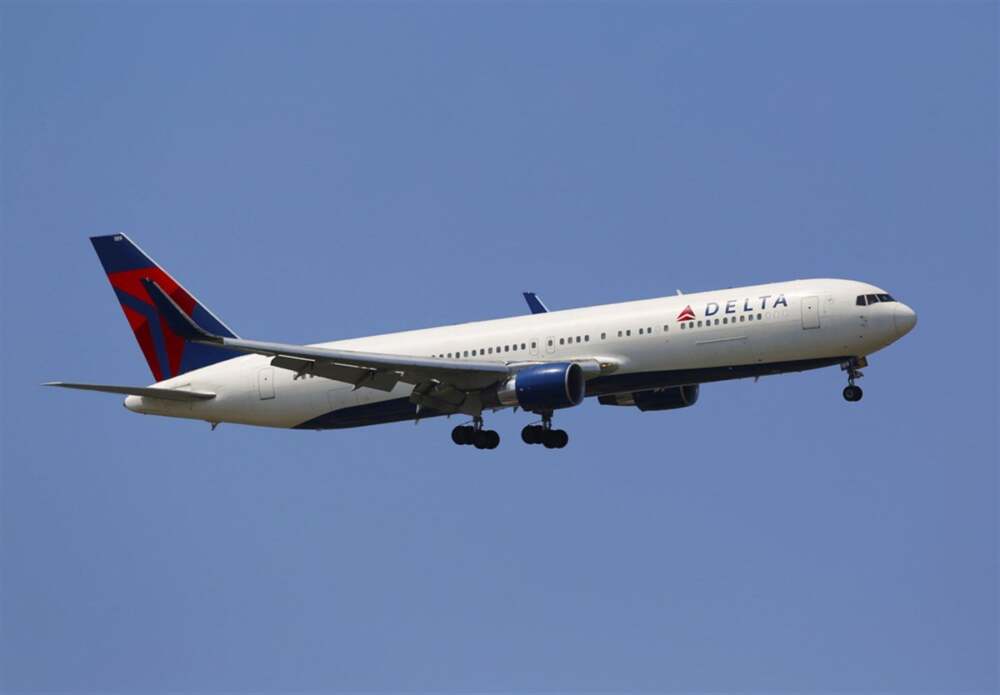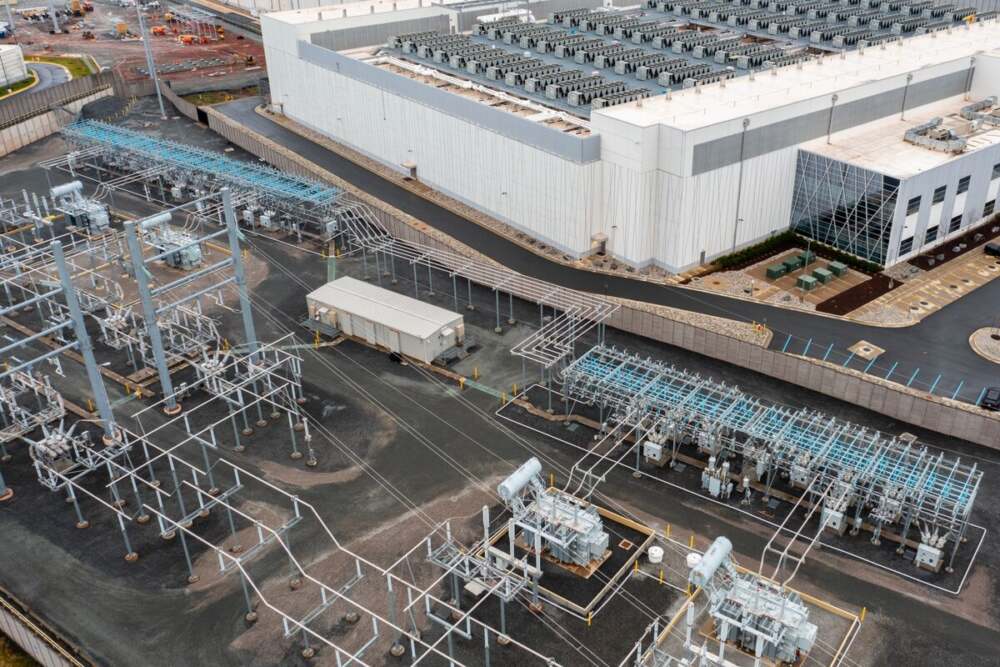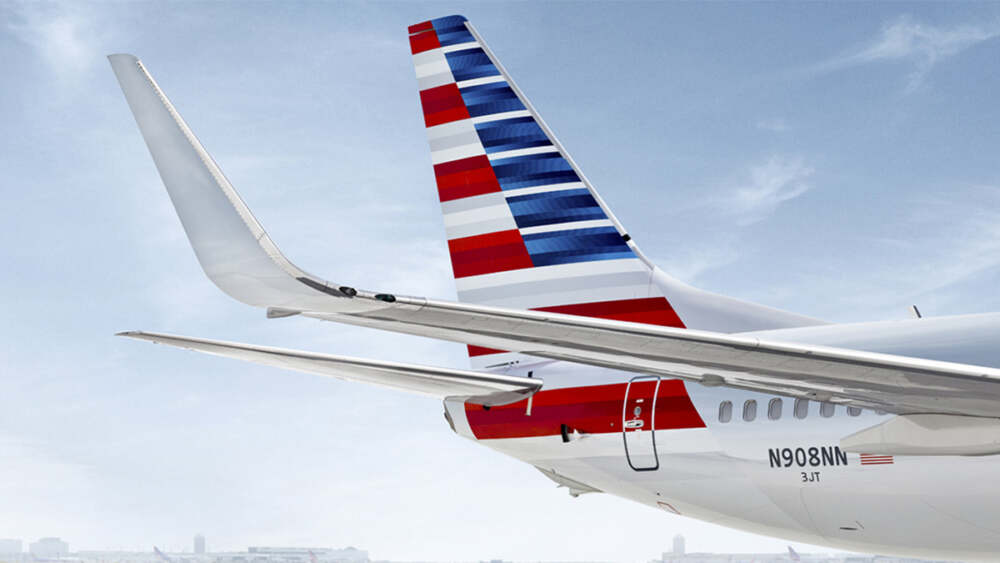Delta Air Lines reported better-than-expected earnings for the third quarter of 2025, underscoring the airline’s continued rebound from the turbulence of the pandemic years. The company credited resilient travel demand, strong premium-cabin sales, and disciplined cost management for its robust performance.
The report comes as global carriers navigate a complex environment of geopolitical tensions, fluctuating fuel prices, and the lingering effects of a partial U.S. government shutdown that has challenged parts of the travel sector.
A Quarter of Strength and Stability
Delta posted an adjusted earnings per share (EPS) of $1.71, comfortably surpassing analyst expectations that hovered around $1.53. Revenue reached approximately $15.2 billion, representing a 4% increase year over year. Net profit margins rose as the airline improved yield management, controlled non-fuel costs, and benefited from a rebound in international and corporate travel.
Operating income for the quarter expanded by nearly 8%, supported by record passenger revenues and improved cargo operations. Even with higher jet fuel expenses, Delta managed to keep total unit costs roughly in line with forecasts — a feat that few global carriers have matched in recent quarters.
Premium Travel and Loyalty Programs Lead the Way
Delta’s success continues to hinge on its strategy of cultivating premium revenue streams. Sales from premium cabins, Delta One suites, and Comfort+ products grew 9%, reflecting the airline’s ability to attract business travelers and affluent leisure customers who are willing to pay more for extra comfort and flexibility.
The company’s SkyMiles loyalty program and co-branded credit card partnerships also contributed strongly to the bottom line. The loyalty segment now represents one of Delta’s most stable revenue sources, with credit card spending up 12% year over year. These recurring revenues help smooth out seasonal fluctuations that typically affect passenger sales.
CEO Ed Bastian highlighted this strength in remarks following the earnings release, noting that Delta’s premium and loyalty strategies have “created a durable business model that continues to outperform through economic cycles.”
Corporate and International Travel Make a Comeback
Corporate travel, once considered the slowest segment to recover from the pandemic, showed renewed vigor in Q3. Delta reported an 8% increase in corporate bookings, led by technology, financial services, and consulting sectors. The airline’s strong performance in transatlantic routes—particularly flights to London, Paris, and Amsterdam—helped fuel revenue gains.
Asia-Pacific travel also picked up following a loosening of restrictions in several key markets. Flights to Japan and South Korea reached 85% of pre-pandemic capacity, and new partnerships in India and Australia further strengthened Delta’s network footprint.
Meanwhile, Latin America routes, long a stable performer for Delta, continued to yield double-digit growth, supported by robust leisure demand to destinations such as Cancun, São Paulo, and Buenos Aires.
Operating Through Challenges
Delta’s results are particularly notable given the external pressures facing the aviation industry. The U.S. government shutdown, now entering its third week, has caused ripple effects through air traffic control systems and the Federal Aviation Administration’s inspection schedules.
Despite these complications, Delta maintained operational reliability. The airline reported an on-time performance rate above 90% for the quarter, with customer satisfaction scores rising accordingly.
The company credited investment in technology and staffing for its ability to avoid major disruptions, as well as strong coordination with airports and regional partners.
However, management acknowledged that fuel volatility and labor costs remain ongoing challenges. Jet fuel prices increased by about 7% during the quarter, while new pilot contracts and wage adjustments for cabin crew added modestly to operating expenses.
Strategic Investments and Sustainability Efforts
Beyond earnings, Delta used its quarterly update to emphasize ongoing investments in sustainability and fleet modernization. The airline introduced additional Airbus A321neo aircraft, which offer 20% greater fuel efficiency, and continued retiring older Boeing 757 and MD-88 jets.
Delta reaffirmed its goal to achieve net-zero emissions by 2050, with intermediate milestones focused on fuel efficiency and carbon-offset initiatives. It also expanded its use of sustainable aviation fuel (SAF) partnerships, striking new supply deals with Neste and World Energy.
The airline said it will increase its SAF usage by 25% in 2026, contingent on cost and availability.
In addition, Delta has begun testing AI-driven operations management tools designed to reduce maintenance delays and optimize route performance — part of its broader strategy to integrate digital transformation across the network.
Outlook: Confidence Amid Complexity
Looking ahead, Delta issued upbeat guidance for the fourth quarter and full-year 2025. The company expects Q4 adjusted EPS between $1.60 and $1.90, with total revenue growth projected at 2%–4%. For the full year, management reaffirmed its goal of earning around $6.00 per share, supported by strong demand, stable yields, and loyalty-driven growth.
The airline’s leadership acknowledged headwinds such as global inflation, political uncertainty, and competitive fare environments but maintained confidence in Delta’s ability to outperform peers.
Ed Bastian stated, “The fundamentals of our business remain exceptionally strong. Travelers continue to prioritize quality and reliability, and we are delivering both.”
Broader Industry Impact
Delta’s strong results have ripple effects across the aviation sector. Investor sentiment toward U.S. airlines improved following the report, with shares of major competitors United Airlines, American Airlines, and Alaska Air rising in pre-market trading.
Analysts suggest Delta’s disciplined approach — emphasizing profitability over volume — could become a model for others. Its success contrasts sharply with lower-cost carriers, which have struggled with overcapacity, rising labor costs, and thinner margins.
Moreover, Delta’s earnings reaffirm that global travel remains resilient despite economic headwinds. Leisure demand continues to surge, while corporate travel, long seen as the final missing link in recovery, is regaining momentum faster than expected.
Key Challenges Ahead
Even with the upbeat results, Delta faces a complex road forward:
- Fuel cost uncertainty remains the biggest near-term risk, especially if geopolitical instability disrupts energy markets.
- Labor negotiations may intensify, with unions seeking higher compensation amid record airline profits.
- Competition from international carriers — especially those in the Middle East and Asia — could pressure long-haul profitability.
- Technology investments and carbon commitments will require billions in capital expenditure, testing balance sheet flexibility.
Still, Delta’s management insists the airline is positioned to sustain growth while maintaining financial discipline.
Conclusion
Delta’s third-quarter 2025 earnings mark another milestone in its post-pandemic resurgence. The company has not only reclaimed its place as one of the world’s most profitable carriers but also demonstrated how strategic focus on premium products, customer loyalty, and operational excellence can drive durable success.
As the global aviation landscape evolves, Delta appears ready to navigate headwinds with confidence — reaffirming its reputation as an industry bellwether and a key barometer of travel recovery in a volatile world.
















Leave a Reply